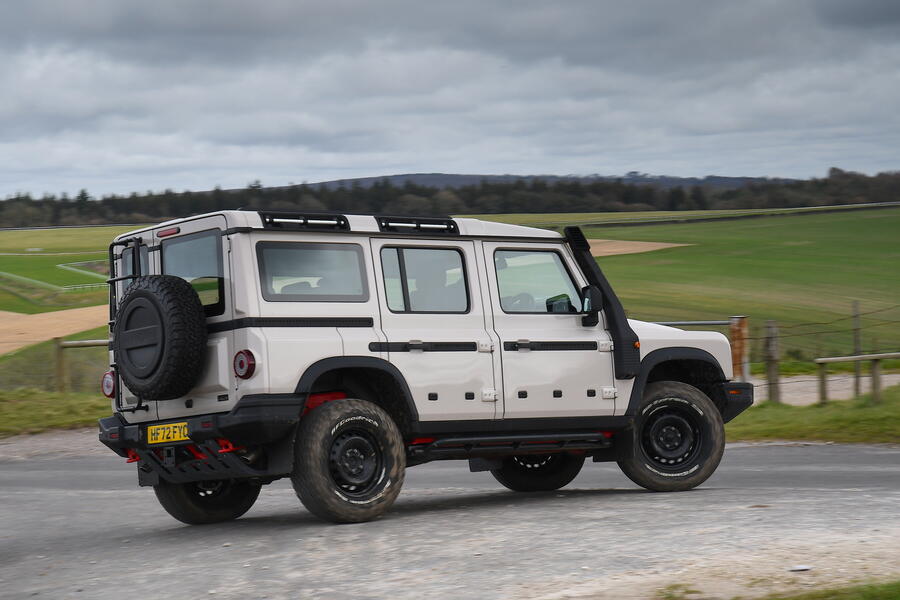At last, I found myself at the right place and time to drive an Ineos Grenadier. It was only a short drive but long enough to find that I liked it and its off-road capability.
All serious modern 4x4s would have completed the chalky course that I drove but not all with such ease.
I drove a Utility Wagon, which lacks a Station Wagon’s locking front and rear diffs but still has a locking centre diff, a low-ratio gear set and hill descent and stability control systems. It’s not the full terrain-adjustable gamut you would find on a Land Rover or a Jeep, but the hardware is strong.
Still, I wondered whether Ineos would find enough buyers for a £70,000 car that’s not plush enough to be a luxury off-roader yet not cheap enough to be a utility pick-up. Until yesterday, when I ran into another new owner.
I’m suspicious of anecdotal evidence, but he’s the fourth I know who’s enjoying the car, is realistic about its on-road performance (better than an old Land Rover Defender, as good as a Mercedes-Benz G-Class) and who likes the blocky switchgear.
Plus, he joked, if you only open the smaller of the two boot doors, you can slide a sausage dog in without swinging open the bigger door.
On a serious note, that’s handy if you have a trailer: my 2005 Defender’s rear door quickly whacks a trailer’s jockey-wheel handle.











Join the debate
Add your comment
There are two major issues with the Ineos Grenadier.Firstly it looks wrong. The old discontinued Land-Rover Defender looks great. That's one of the reasons old Land-Rovers are cult vehicles. But the Ineos Grenadier has a Lada-like quality which doesn't make it desirable in the same way. Secondly, the Ineos Grenadier has combustion engines. This is a major faux pas for a new vehicle, as it was out of date before it even launched. If they were smart, it would have been built it on a dedicated EV platform, like a Rivian, or a Ford F150 Lightning.But then Jim Ratcliffe owns a petro-chemical company (Ineos), so he is part of the problem, not part of the solution.